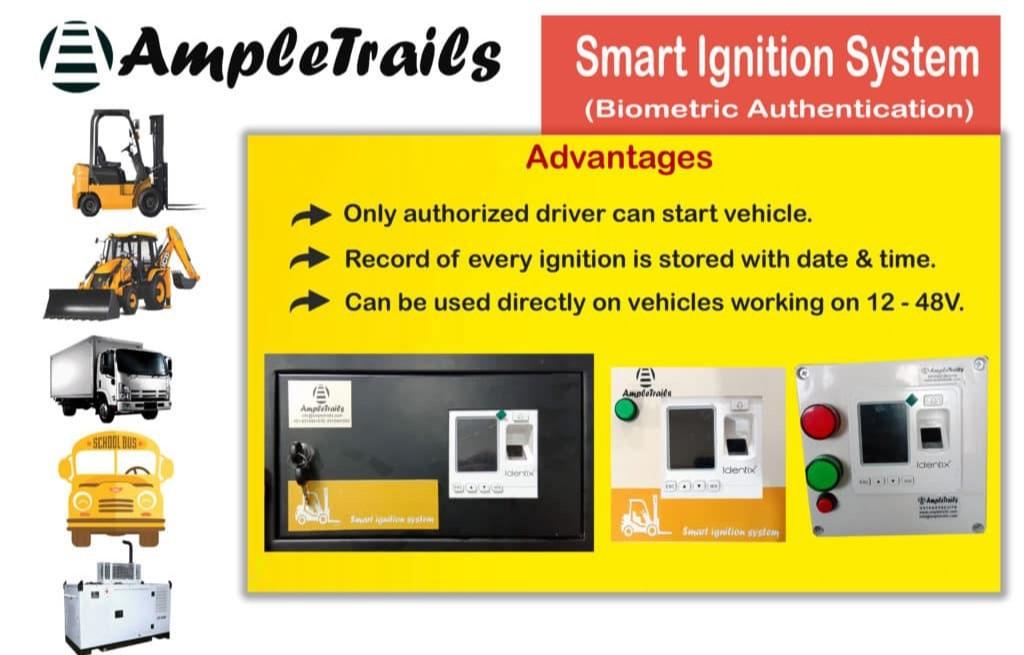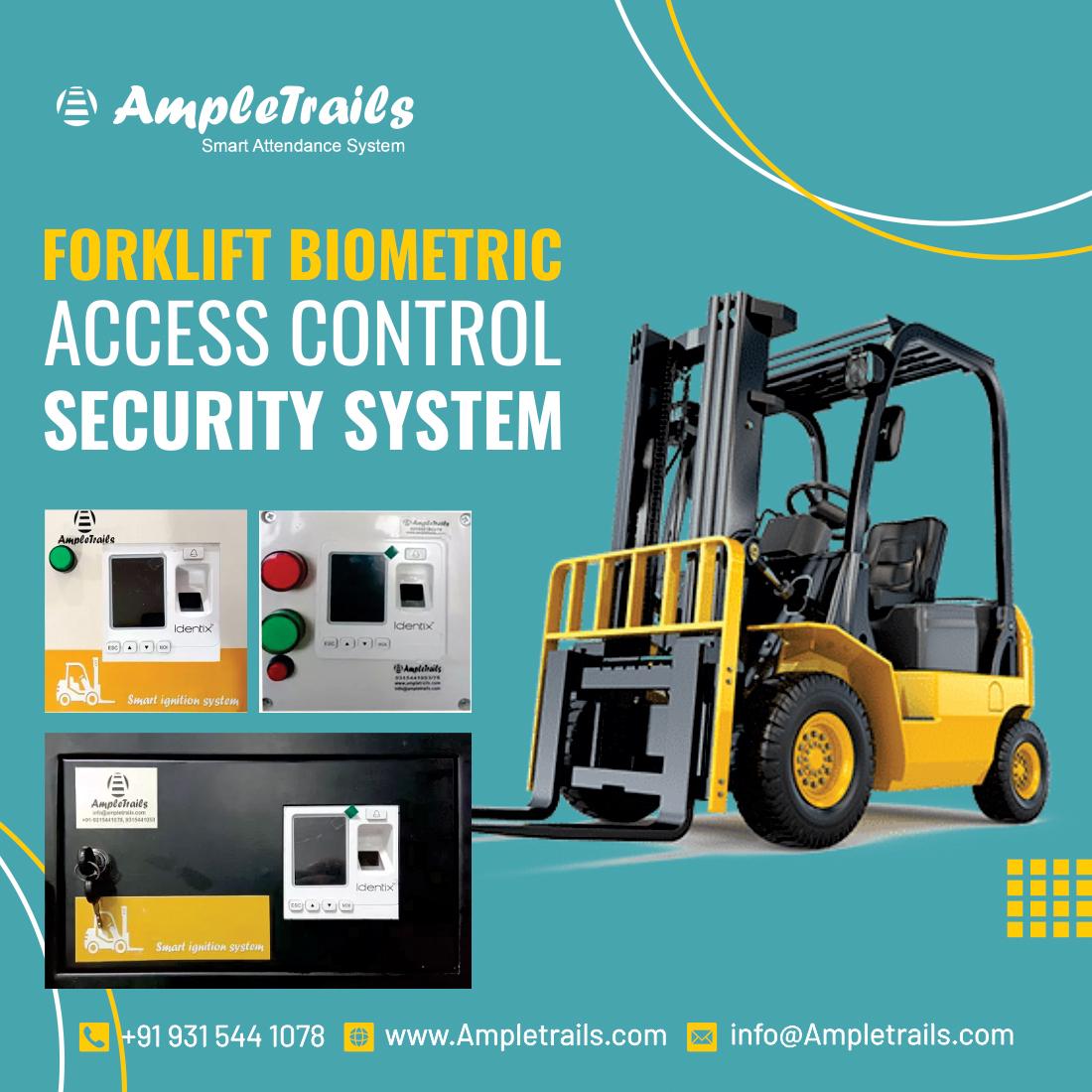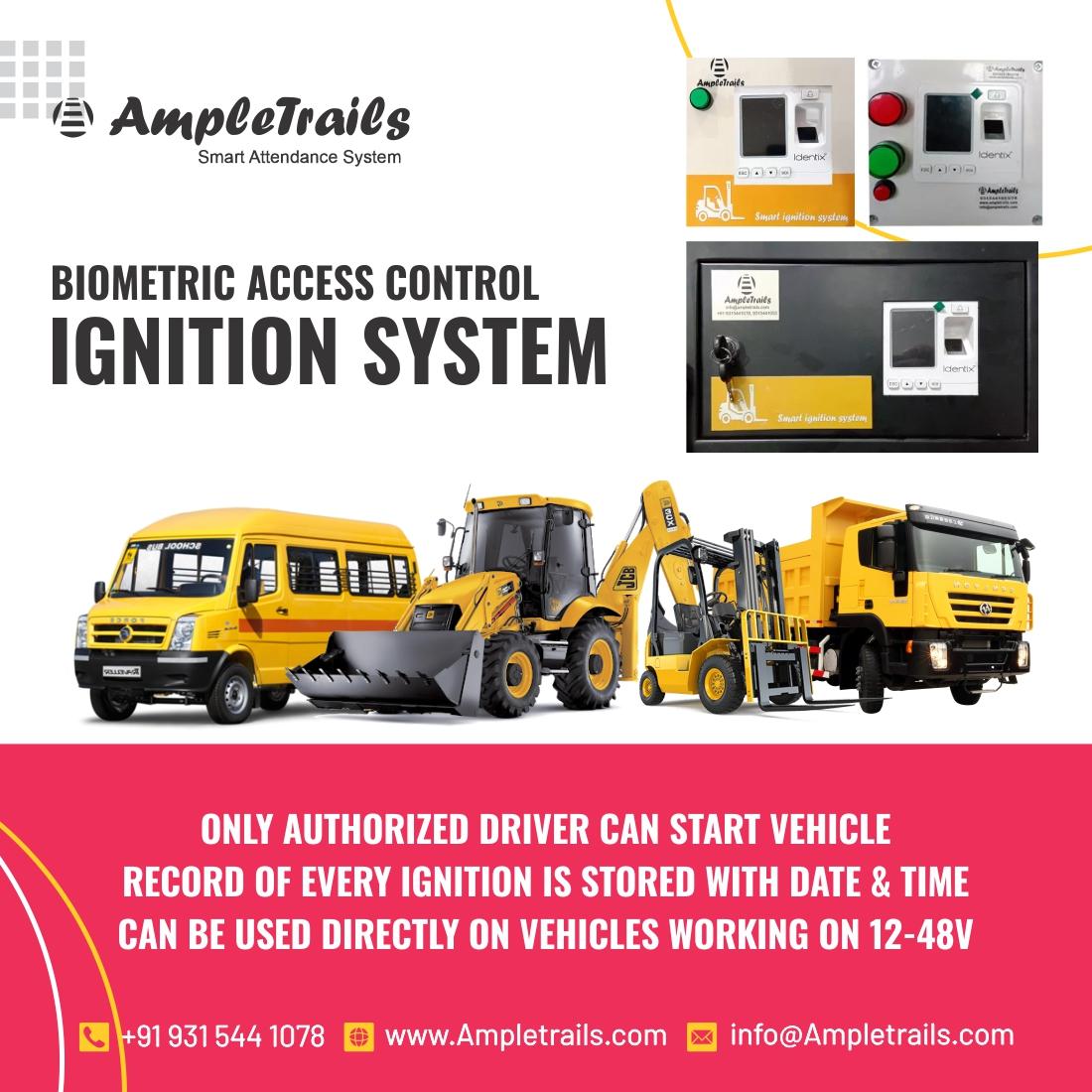Description
Forklifts are an essential piece of equipment in many industrial and manufacturing settings, but traditional methods of tracking and managing forklift operators can be time-consuming and error-prone. One solution to this problem is the use of a forklift biometric system.
A forklift biometric system is a system that uses biometric technology to track and manage forklift operators. This technology uses unique physical characteristics, such as fingerprints or facial recognition, to identify operators and ensure that only authorized personnel are operating the forklifts. This can greatly increase the safety and efficiency of your operation.
One of the key benefits of a forklift biometric system is that it eliminates the need for traditional methods of tracking, such as ID cards or keys. This can save a significant amount of time and money, as it eliminates the need for replacement cards or keys and reduces the potential for lost or stolen cards or keys.
Another benefit of a forklift biometric system is that it can provide real-time data and analytics on operator activity. This information can be used to identify patterns and trends in operator behavior, allowing managers to make more informed decisions about training and safety.
A forklift biometric system can also be integrated with other systems, such as access control or time and attendance systems, to provide a comprehensive solution for managing and tracking operators. This can help to streamline processes and improve overall efficiency.
In conclusion, a forklift biometric system is a powerful tool that can greatly improve the safety and efficiency of your operation. If you’re looking to upgrade your forklift tracking system, a biometric system is a great option. So, why wait? Invest in a forklift biometric system today and streamline your operations.
Forklift Biometric Access Control System: Enhancing Safety and Security in Warehouses
Forklifts are essential equipment in warehouses, distribution centers, and factories, where they are used for material handling, inventory management, and logistics. However, they can also pose a significant risk to operators, pedestrians, and property if not operated safely and securely. To address this challenge, many organizations are implementing forklift biometric access control systems to ensure that only authorized and trained operators can operate forklifts, and that their performance can be monitored and optimized.
What is a Forklift Biometric Access Control System?
A forklift biometric access control system is a technology that uses biometric data, such as fingerprints, facial recognition, or iris scans, to authenticate the identity of forklift operators before allowing them to start or operate a forklift. This system replaces traditional methods of access control, such as keys, cards, or PINs, which can be lost, stolen, or shared, and do not provide a reliable way to verify the identity and competency of operators.
How Does it Work?
The forklift biometric access control system is integrated with the forklift’s ignition system and control panel, and requires the operator to scan their biometric data before starting the engine or operating the forklift. If the biometric data matches the authorized user’s record in the system, the forklift is unlocked and the operator can proceed with their tasks. If the biometric data does not match, the system will deny access and log the event for audit purposes. The system can also be programmed to require periodic biometric verification during the operation of the forklift to ensure that the operator remains alert and attentive.
Benefits of Forklift Biometric Access Control System
- Enhanced safety: By limiting the access to forklifts to authorized and trained operators, the forklift biometric access control system reduces the risk of accidents, collisions, and property damage caused by unauthorized or untrained operators.
- Increased security: The forklift biometric access control system prevents theft, vandalism, or sabotage of forklifts by unauthorized users, as well as the loss or theft of keys or cards, which can be easily duplicated or misplaced.
- Improved compliance: The forklift biometric access control system ensures that organizations comply with safety regulations and standards, such as OSHA and ANSI, which require employers to train and certify forklift operators and ensure that only competent and authorized personnel operate forklifts.
- Enhanced productivity: The forklift biometric access control system provides real-time data on the performance, utilization, and maintenance of forklifts and operators, allowing organizations to optimize their operations, reduce downtime, and improve efficiency.
- Cost-effective: The forklift biometric access control system is a cost-effective solution for enhancing safety and security in warehouses, as it eliminates the need for expensive keys, cards, or PINs, as well as the costs associated with accidents, injuries, or litigation.
Conclusion
The forklift biometric access control system is a powerful tool for enhancing safety and security in warehouses and improving the efficiency and productivity of forklift operations. By using biometric data to authenticate the identity of forklift operators, this system provides a reliable, efficient, and cost-effective way to control access to forklifts and ensure that only authorized and trained personnel operate them. As the demand for safer, more secure, and efficient warehouses continues to grow, the forklift biometric access control system will become an essential technology for any organization that values safety, security, and productivity.

Smart Ignition system










Reviews
There are no reviews yet.